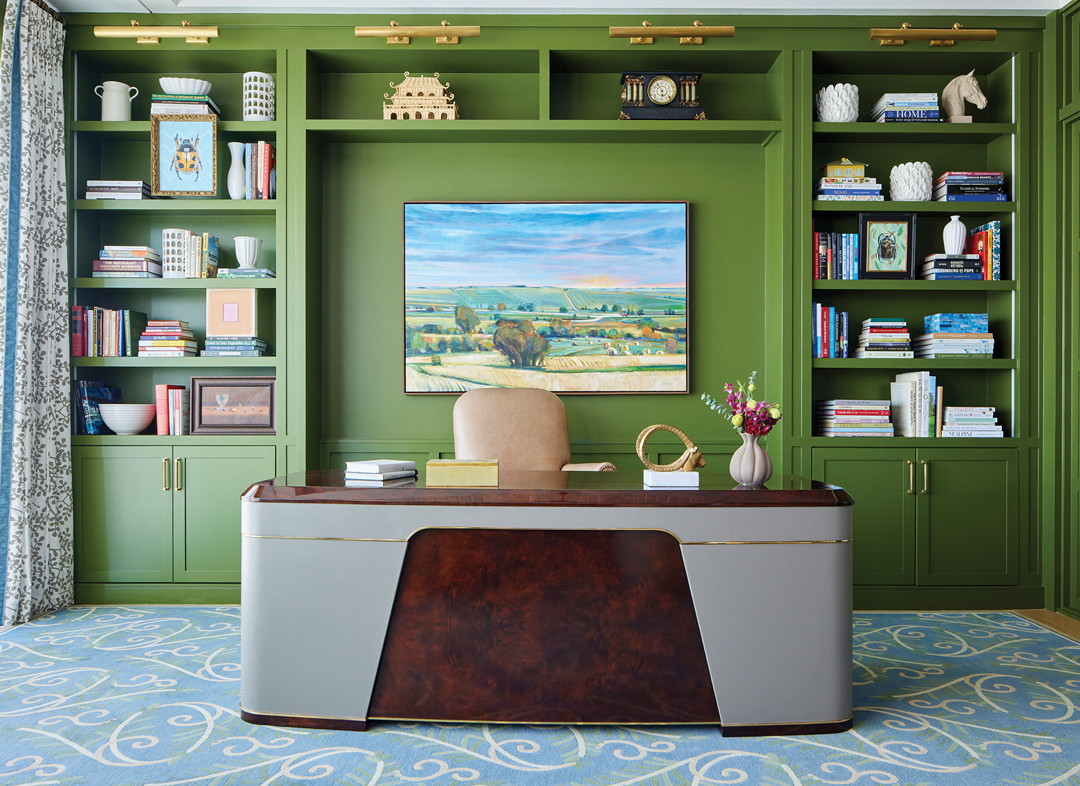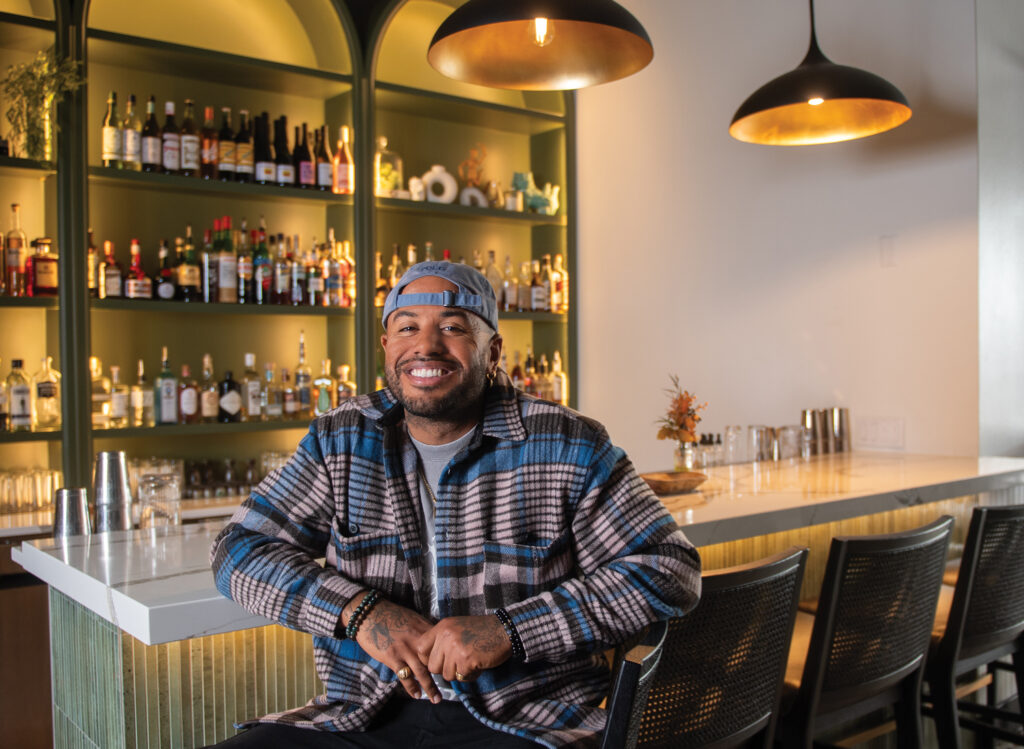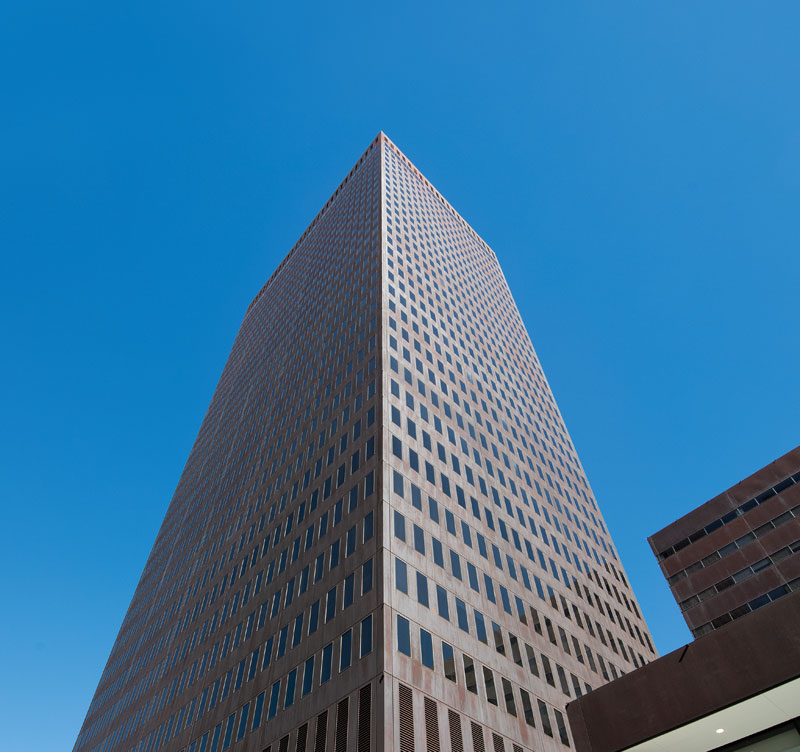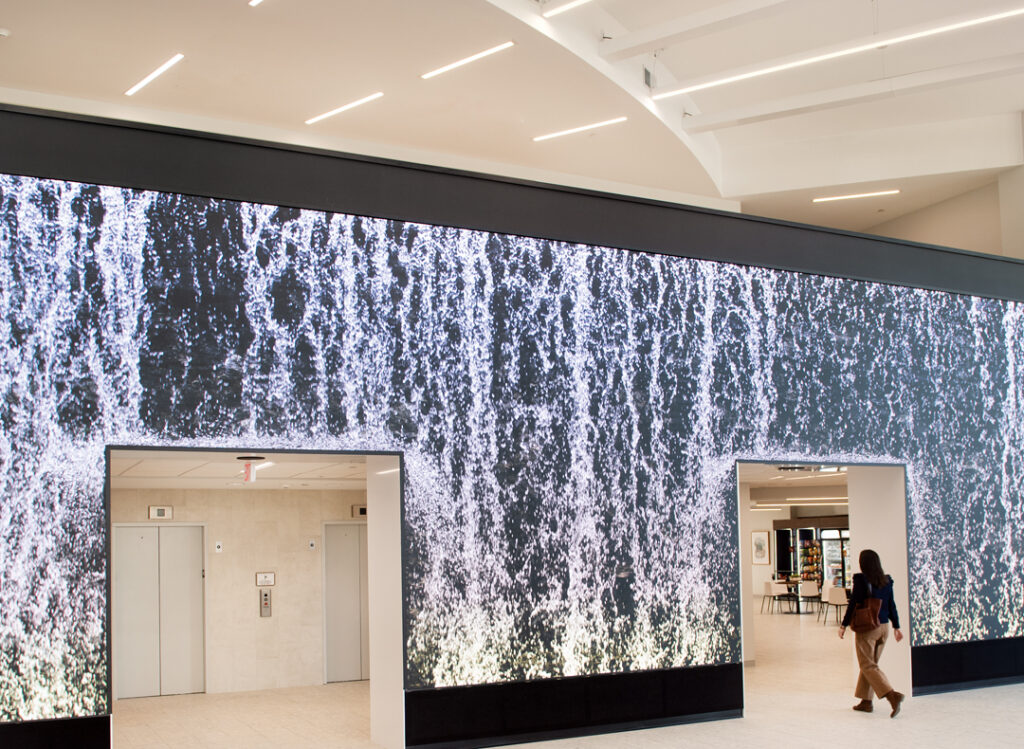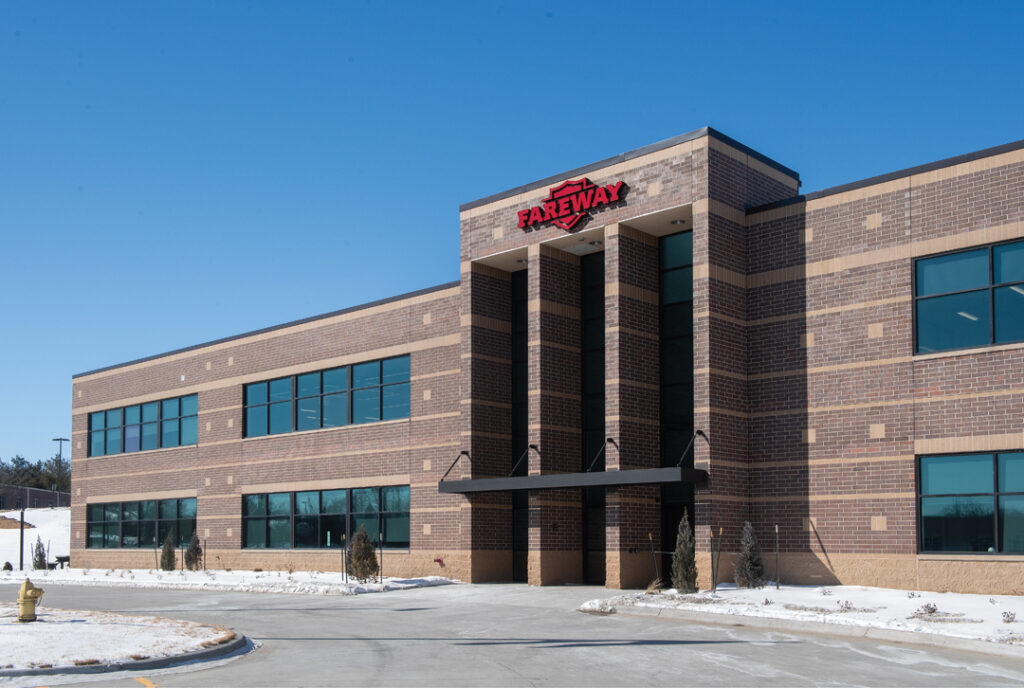Designer: Home offices have gone from ‘nice to have’ to ‘need to have’

Emily Barske Wood Apr 24, 2025 | 6:00 am
4 min read time
1,011 wordsBusiness Record Insider, Real Estate and DevelopmentCompiled by Emily Barske Wood
As many businesses transitioned to remote work settings during the COVID-19 pandemic, their employees spent more time in their homes than ever. This led to sweeping changes in the housing market, as some buyers looked for homes more suitable for their working arrangements. Others rearranged areas or rooms in their residences to create a home office. Now, more than five years since the onset of the pandemic, home offices are still increasingly important to employees who are working remotely some or all of the time.
We asked a couple local designers about home office design trends and their importance within the residential market.
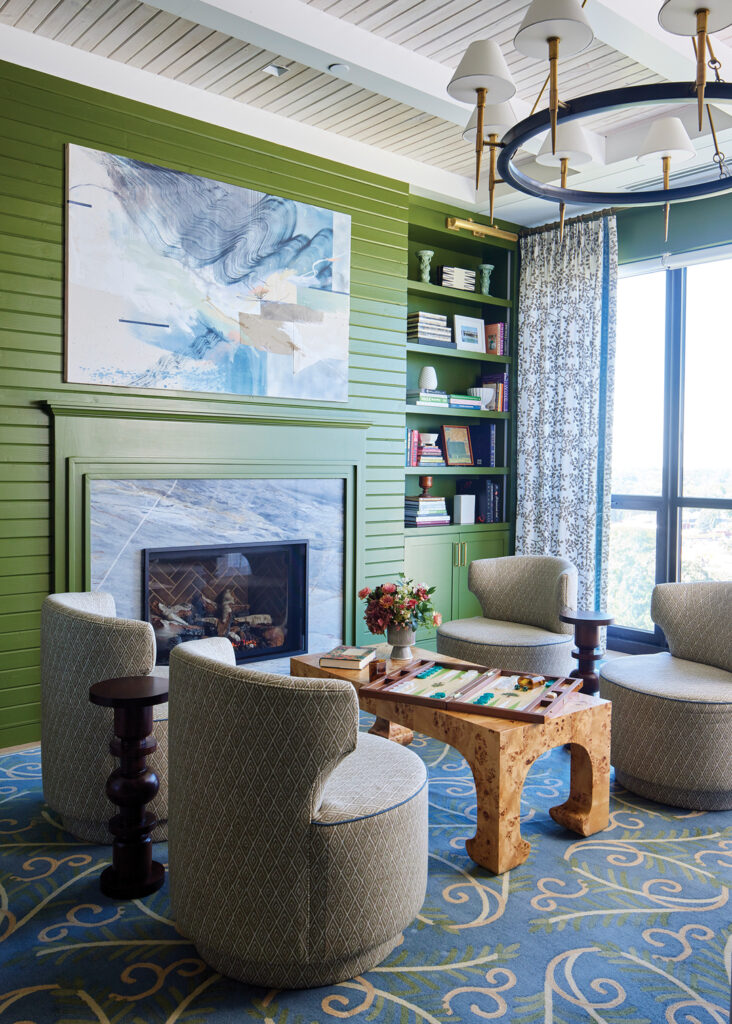
Designer: Amanda Reynal Interiors

About the designer: With 30 years of experience, Amanda Reynal focuses on creating joyful interiors that combine confident use of color, eye-catching details and a well-traveled aesthetic. As the founder of Amanda Reynal Interiors, with offices in Des Moines and West Palm Beach, Fla., she specializes in blending traditional forms with a fresh sensibility and a deep appreciation for antiques, art and global design. Reynal is a member of the Design Leadership Network. Her first book, “Designing Rooms with Joie de Vivre,” debuted in 2023, showcasing her style and nationally recognized work in the New York Times, Veranda and House Beautiful.
What trends have you seen in clients’ requests for their home office designs in the last few years?
Home offices have gone from “nice to have” to “need to have” and have become an integral part of our clients’ households. Clients increasingly request built-in coffee bars and drink fridges, recognizing the value of convenience and comfort in their workspaces.
What’s a design strategy that’s important for a modern home office?
Today’s home office needs to be comfortable and multi-functional. During the pandemic when Zoom replaced in-person meetings, having a nice background became important. Today people are holding in person meetings in their home offices so the whole room needs to be designed to accommodate this. We add coffee bars, fridges and TVs to these spaces often to make them multifunctional.
How significant do you feel a home office is in the grand scheme of someone’s home design?
The home office should not be a forgotten entity, especially since many waking hours are spent in this room.
Anything else you think people should know about home office designs?
Make it personal but also presentable. Consider seating, palette and the furniture arrangement to ensure that the room is functional.
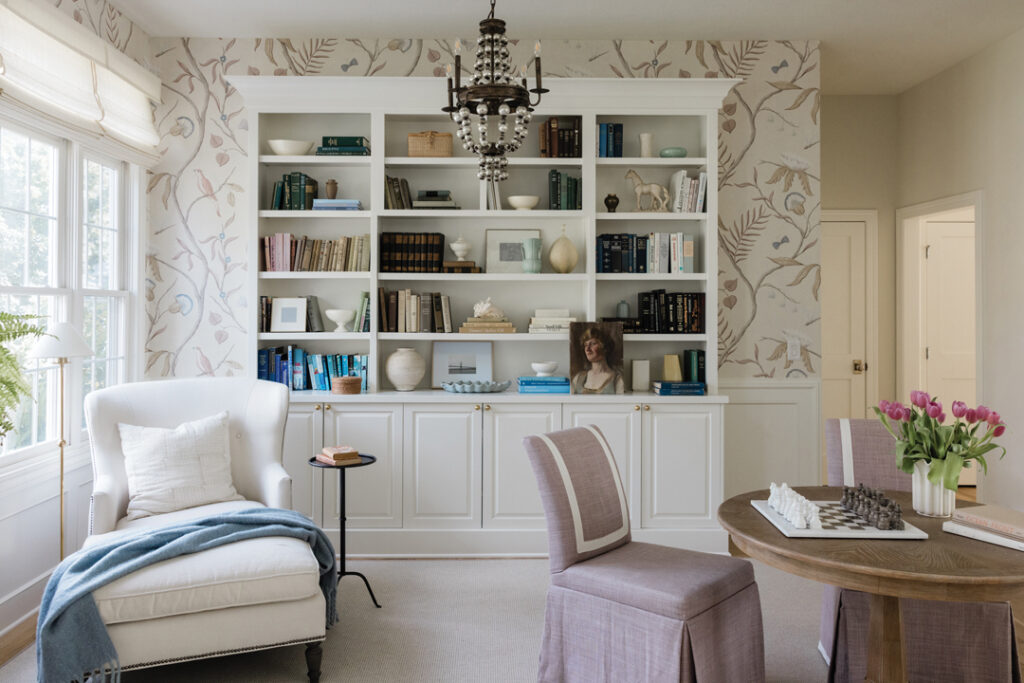
Designer: Morris Lare

About the designer: Alicia Held-Morris brings over 13 years of experience in residential design to her role as co-founder and creative director of Morris Lare Interiors. Before launching Morris Lare with her partner Jillian Lare, she spent five years as a lead interior designer for a high-end, custom interior firm in Des Moines — designing homes in Iowa and across the U.S. She holds a Master’s degree in interior design from Iowa State University. Held-Morris loves collaborating with clients to create thoughtful interiors and believes strongly in designing spaces that blend practicality and beauty.
What trends have you seen in clients’ requests for their home office designs in the last few years?
Many of our clients have been looking for ways to build their desks with sit-stand desktops that are still sleek and attractive. We’ve had fun devising cabinetry designs where the top can raise and lower into a desk area with a traditional or decorative base that hides the mechanisms, so that you can’t tell it’s a sit-stand top.
As more and more people go paperless with their work, we’re also sourcing desks with fewer drawers, or no drawers at all. In these cases, we’re floating furniture-style desks in the middle of rooms, and designing cabinet storage on the side of the room to house printers, file cabinets and decorative shelving. Wireless technology has made it possible to hide printers and scanners away inside cabinetry — which we’re doing more and more.
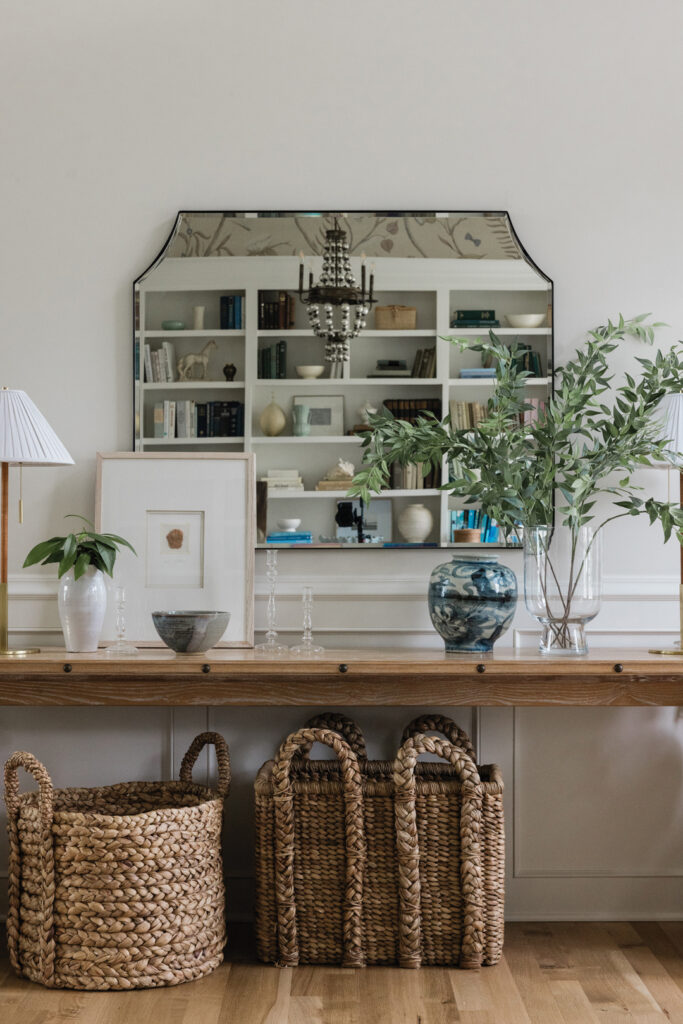
What’s a design strategy that’s important for a modern home office?
Light control is a really important aspect of home office design. You have to consider how the light is going to angle through windows into the room, and how that will interact with where a desk and computer will be. You can’t work comfortably on a screen when there’s glare. If the furniture layout works best with a desk that may get glare at certain times of day, then a window treatment that blocks all but 1% to 3% of the sunlight is absolutely necessary.
With more and more clients working from home and participating in video calls, we find that our clients want the details that are visible behind them to be attractive and stylish. The colors, art and objects behind them frame the view that their colleagues see, and many clients want to express their personalities with those focal walls by choosing designs that make them look good.
How significant do you feel a home office is in the grand scheme of someone’s home design?
Home offices have, in some ways, replaced the formal living room. They’re a fun place to change up wall color — to go darker and moodier, or more colorful — than in other more “public” areas of the house. They’re a space where you can add architectural detailing such as wainscoting, built-in bookshelves and detailed wood ceilings. If there’s enough square footage, you can add an arrangement of cozy sofas or chairs that are meant for sitting and reading, and create a more intimate conversation area. As much as we all love big great rooms, it’s in our nature to gravitate to snug, cozy spaces!
Anything else you think people should know about home office designs?
Pro tip: If you’re designing a home office with wood floors, consider a low pile rug that extends well beyond the range that a rolling desk chair might go, so you don’t have to put down a glass or plastic mat.

Emily Barske Wood
Emily Wood is special projects editor at Business Record. She covers nonprofits and philanthropy, HR and leadership, and diversity, equity and inclusion.

